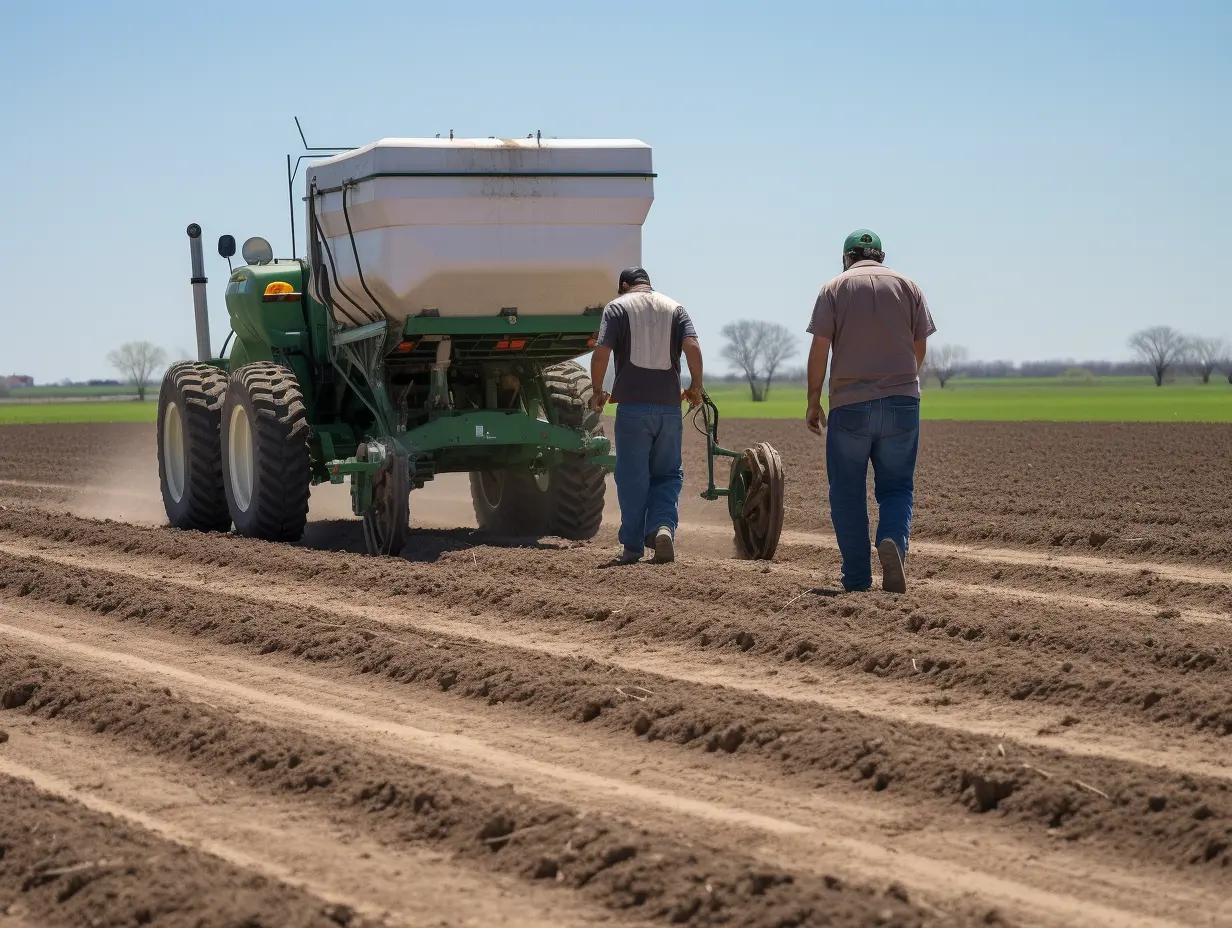Ammonium sulfate fertilizer is a widely used nitrogen source in agriculture, known for its efficiency and effectiveness. Selecting the right type of ammonium sulfate based on the soil type can significantly enhance crop yield. Understanding how soil characteristics impact fertilizer usability is essential for maximizing agricultural productivity.
Before making any fertilization decisions, it’s crucial to understand the different soil types: sandy, loamy, clay, and silt. Each type has unique characteristics that influence water retention, nutrient availability, and overall fertility. Here's a quick overview:

1. Sandy Soils: Given their rapid drainage, sandy soils benefit from higher rates of ammonium sulfate to compensate for leaching. A recommended rate is 70-120 kg/ha depending on crop type.
2. Loamy Soils: With their balanced characteristics, standard application rates (50-100 kg/ha) are effective. Regular soil testing can optimize the nitrogen input.
3. Clay Soils: A lower application rate (50-80 kg/ha) is often sufficient, as these soils can hold nutrients well but may become compacted; monitor crop response closely.
4. Silty Soils: Recommendations on application can vary; however, a moderate approach of 50-100 kg/ha balances the moisture retention properties.

In addition to understanding soil type, consider the following best practices when applying ammonium sulfate:

Selecting the appropriate ammonium sulfate fertilizer based on soil type can lead to improved plant nutrition and increased agricultural productivity. By understanding the relationship between soil characteristics and fertilizer effectiveness, farmers can make informed decisions that promote sustainable growth.

Understanding your unique soil composition is the first step toward maximizing your harvesting potential. Engage with agricultural experts and continually evaluate your fertilization practices to ensure optimal outcomes.
